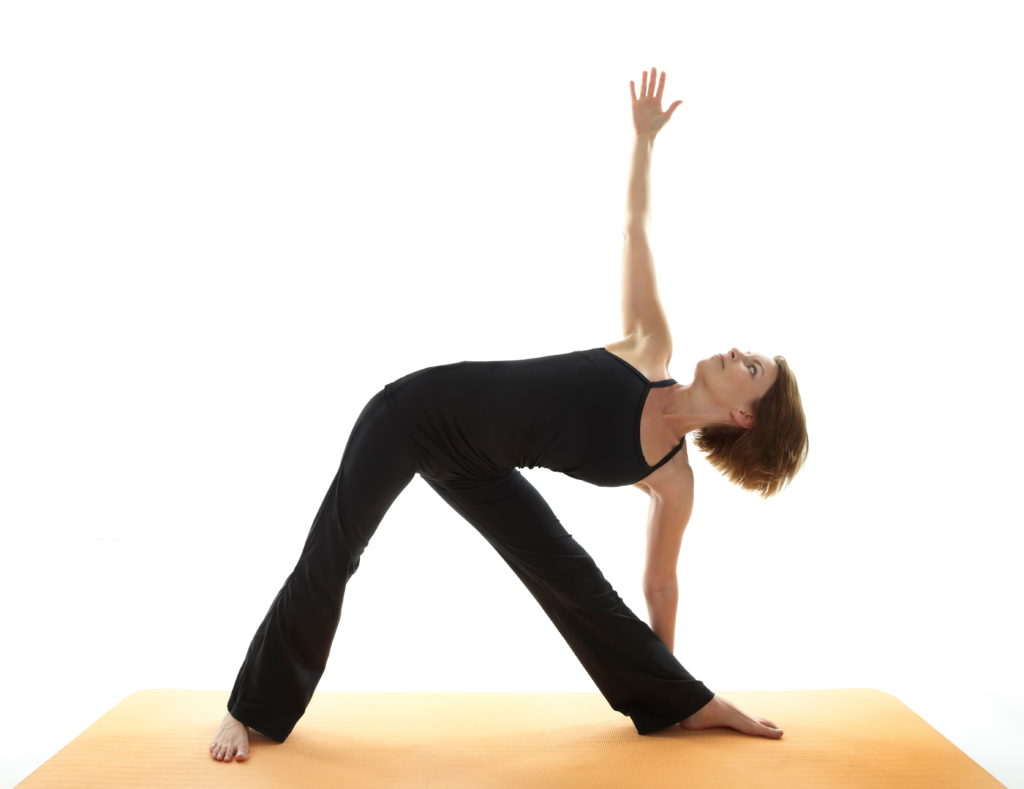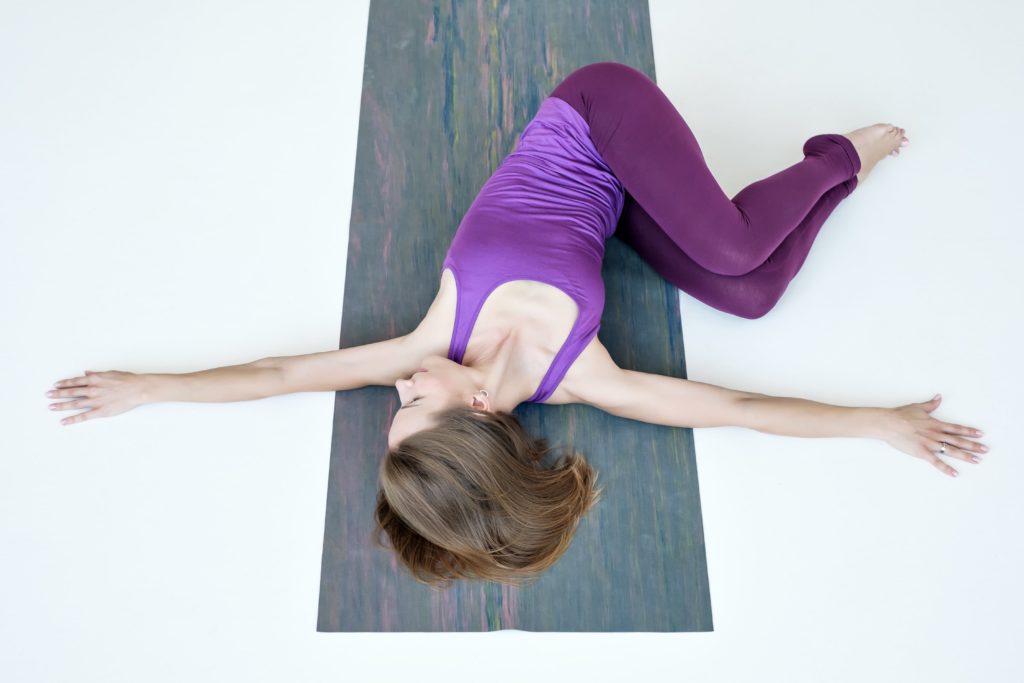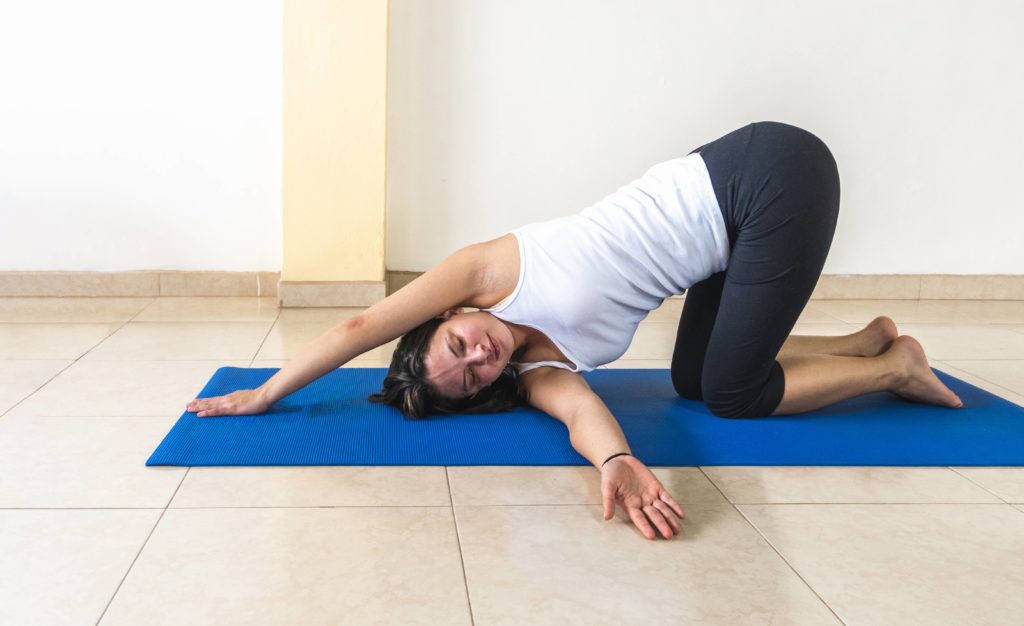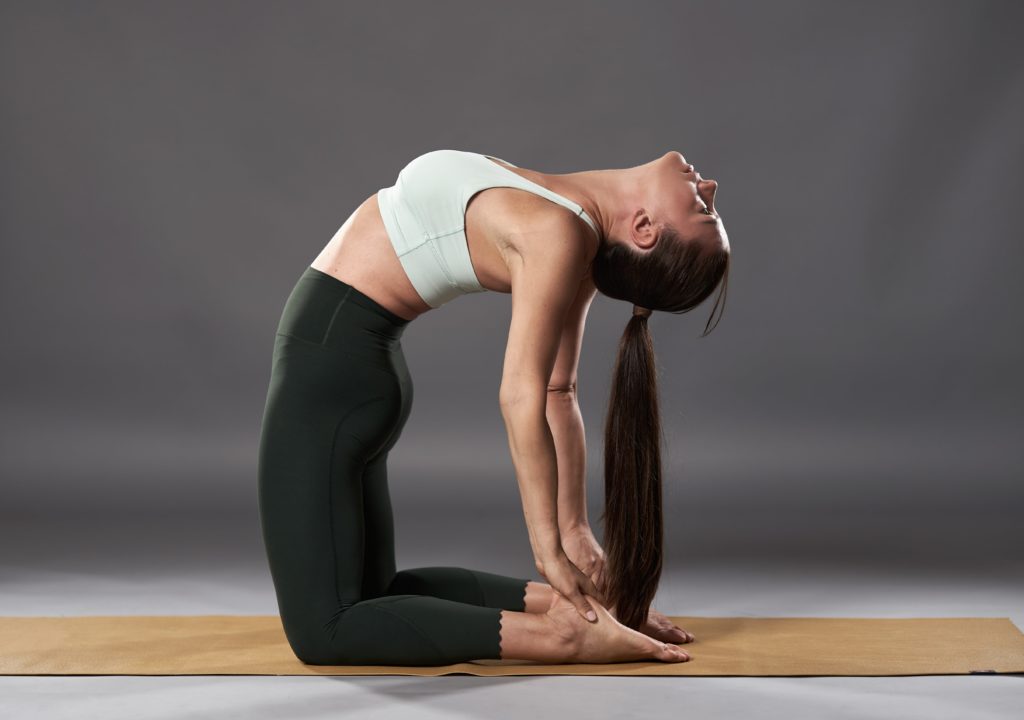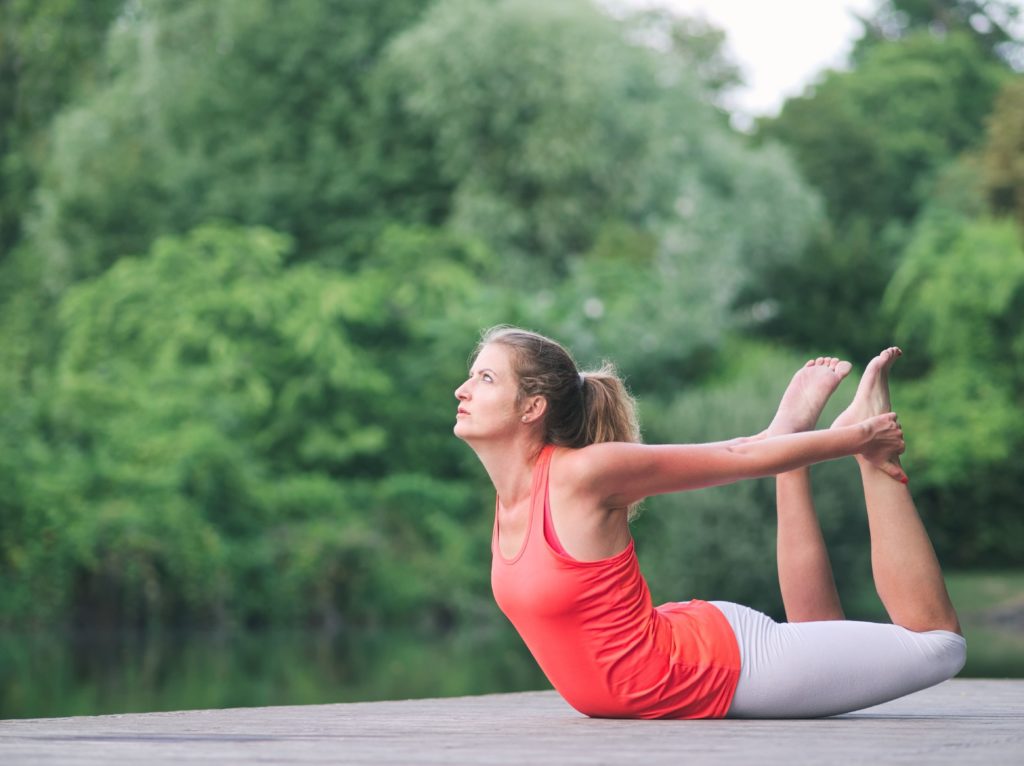Stretching our limbs and neck is a reflex action for most of us after being chained to our office desks. Sitting in a place for a long time, hunched over heavy books or a laptop, can cause your neck, back, and shoulder muscles to become sore. The condition is known as office syndrome and can affect office-goers and students.
Table of Contents
Ill Effects Of Office Syndrome
Office syndrome tends to cause pain, stiffness, and inflammation of our spinal muscles. The condition is uncomfortable and can hamper our daily routine and workplace productivity. Those who suffer from office syndrome often find difficulty falling asleep due to a stiff back and sore shoulders.
People who are chronically affected by office syndrome may develop a bad posture due to poor health of their spinal muscles. The condition cannot be classified as a disease since no pathological tissue changes exist. Office syndrome is entirely treatable if patients are willing to follow a healthy routine supplemented with exercise and some discipline.
Treating Office Syndrome With Yoga
Yoga is one of the most effective and holistic ways to develop good physical health and a robust body. Since ancient times, people have relied on Yoga to nurture their health and well-being. Yoga offers a variety of physical asanas, meditation styles, and breathing exercises, among other techniques, to treat various medical disorders.
Let us learn six Yoga postures that will reduce the symptoms of office syndrome and allow patients to experience some much-needed muscle relaxation.
1. Trikonasana
The triangle pose, or Trikonasana, is a standing Yoga posture that works well on the thigh, back, and shoulder muscles. Trikonasana is one of the foundational poses of Yoga that improves your balance and nerve-muscle coordination.
To perform Trikonasana:
- Stand on the floor with your feet spread slightly wider than the distance between your shoulders.
- Elevate your arms till they are parallel to the floor, and turn your palms downward.
- Turn your right foot by an angle of 90 degrees so that your toes point outward.
- Turn your left foot inward, so its toes point toward the right heel.
- Bend to the right side from your hips till you grasp your right ankle with your right hand.
- Elevate your left arm simultaneously till it is perpendicular to the floor and stretch it upward.
- Look towards the ceiling with your gaze fixed on the fingers of your left hand.
- In the final pose of Trikonasana, you will feel a good stretch at the sides of your body and to your hamstrings.
Remain in Trionasana for ten breathing cycles and repeat it with your left arm and leg. Trikonasana releases physical tension from sore back muscles and reinforces their strength.
2. Setu Bandhasana
Setu Bandhasana is known as the bridge pose because of the shape your body assumes while performing the asana. The bridge pose stretches your core, tones your back muscles, and improves your spinal alignment.
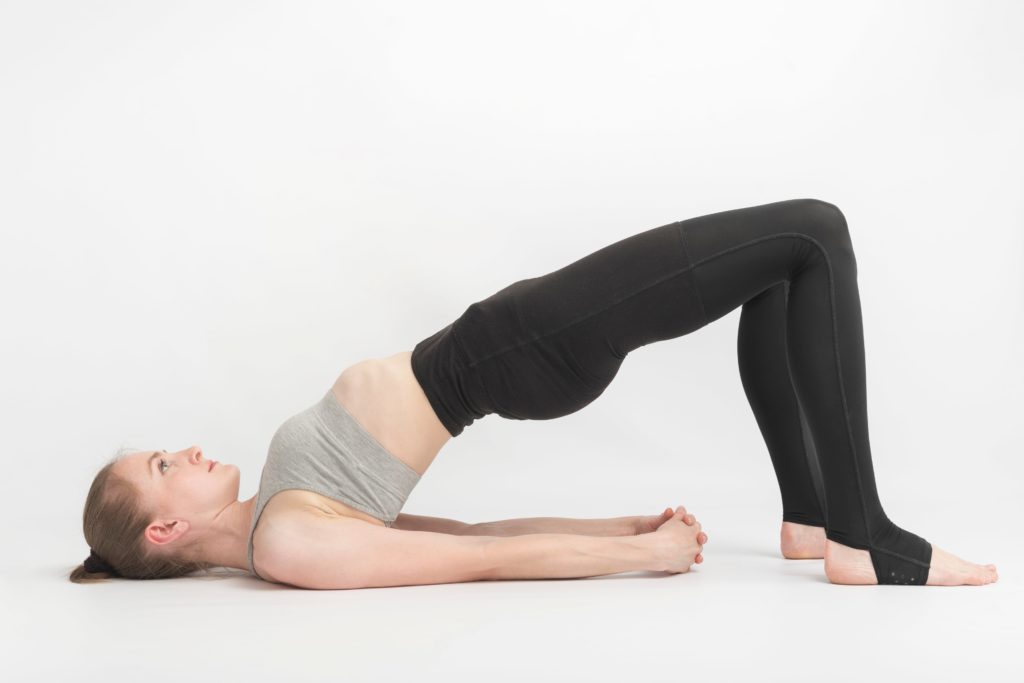
To perform Setu Bandhasana:
- Lie on the floor, and touch your feet to the floor by bending your knees.
- Rest your arms at the side without bending them at the elbows, and touch your palms to the floor.
- Alternatively, you may clasp your fingers to support your body during Setu Bandhasana.
- Elevate your hips, thighs, and back off the floor while pressing your palms and feet firmly against the floor.
- Your arms, shoulders, neck, and head touch the floor when you perform Setu Bandhasana.
- Elevate your pubis till you feel an excellent stretch to your core and trunk.
Remain in Setu Bandhasana for ten breathing cycles before relaxing your body. During the asana, your body weight is equally distributed between the neck, shoulders, arms, and feet. Setu Bandhasana strengthens your shoulder and neck muscles by reducing pain and swelling.
3. Jathara Parivartanasana
Jathara means the abdomen, and Parivartan means to revolve. Jathara Parivartanasana is a belly twist pose in which you rotate your abdomen and trunk to one side. The pose tones your core and back muscles.
To perform Jathara Parivartanasana:
- Lie with your knees bent and your feet pressed firmly against the ground.
- Stretch your arms at the side till your fingers are level with your shoulders. Your palms should face the ceiling.
- Allow both your knees to fall to the right side, with the left thigh resting over the right thigh.
- Simultaneously stretch your left arm and abdomen toward the left side to stretch and twist your belly.
- Do not move your head and neck during the asana to allow toning of your neck and shoulder muscles.
- Remain in this position for ten breathing cycles before repeating Jathara Parivartanasana on the left side of your body.
Jathara Parivartanasana stretches your spine and relaxes sore back muscles. This asana is a great way to improve your posture.
4. Parsva Balasana
Parsva Balasana is a variation of Balasana, or the child’s pose, and is also known as the ‘thread the needle’ pose. Parsva Balasana helps relax tensed and sore muscles of the neck and shoulders.
To perform Parsva Balasana:
- Sit on the floor with your legs folded, so your buttocks are resting on your heels. Touch the tips of your great toes and spread your heels away.
- Gradually come forward till your abdomen is parallel to the floor and your palms are pressed against the floor. Your shins and the back of your feet should be touching the floor.
- Straighten your left elbow by sliding your left arm forward. Shift your right arm under your body and stretch it to the left side,
- Look to the left and rest the right side of your face and your right shoulder on the floor.
- Remain in this position for ten breathing cycles before repeating Parsva Balasana on the other side of your body.
Parsva Balasana releases all the knots and physical tension from your neck, shoulders, and upper back. The Yoga pose is a great way to rejuvenate your exhausted body and improve your posture.
5. Ustrasana
Ustrasana, or the camel pose, is a backward bend that adequately stretches your core, spinal muscles, and shoulders. Ustrasana is excellent for rejuvenating tired spinal muscles and fixing your postural errors.
To perform Ustrasana:
- Kneel on the floor with your back erect, shoulders retracted, and your gaze fixed straight ahead.
- Gradually bend backward from your waist and let your arms fall back.
- Take your arms backward till you can grasp your heels or ankles.
- Expand your rib cage by throwing your chest outward.
- Please do not hold a stiff neck; let it fall back naturally.
- In the final stage of Ustrasana, your body weight is balanced on your knees, shin, and back of your feet.
Remain in Ustrasana for ten breathing cycles, and then relax your body. Ustrasana extends your spinal cord and bones without stressing your spinal muscles.
6. Dhanurasana
The bow pose, or Dhanurasana, is a lying-down Yoga pose that strengthens your spinal muscles and improves your spinal alignment. Dhanurasana is suitable for developing strong and well-toned shoulder muscles.
To perform Dhanurasana:
- Lie belly-down on the floor and rest your limbs in a neutral position.
- Spread your feet slightly away and turn your thighs and ankles slightly inward. Extend your ankles and keep them touching the floor.
- Gradually elevate your head, neck, shoulders, and chest off the floor while looking straight ahead.
- Now bend your knees and firmly grasp your ankles to support your body weight.
- Elevate your chest and legs more until you feel an excellent stretch to your entire body.
- In the final pose of Dhanurasana, your body resembles the shape of an archery bow.
Remain in Dhanurasana for ten breathing cycles before relaxing your body. Dhanurasana is a great way to reduce the symptoms of office syndrome.
Office syndrome is entirely treatable with medical treatment, timely diagnosis, and allied therapy like Yoga. Patients diagnosed with office syndrome must remember that Yoga is not a substitute for medical or surgical treatment. It is advisable to talk with your physician before taking up Yoga to heal your sore and inflamed spinal muscles.
When utilized correctly, Yoga has the potential to change your life entirely and improve your health.


